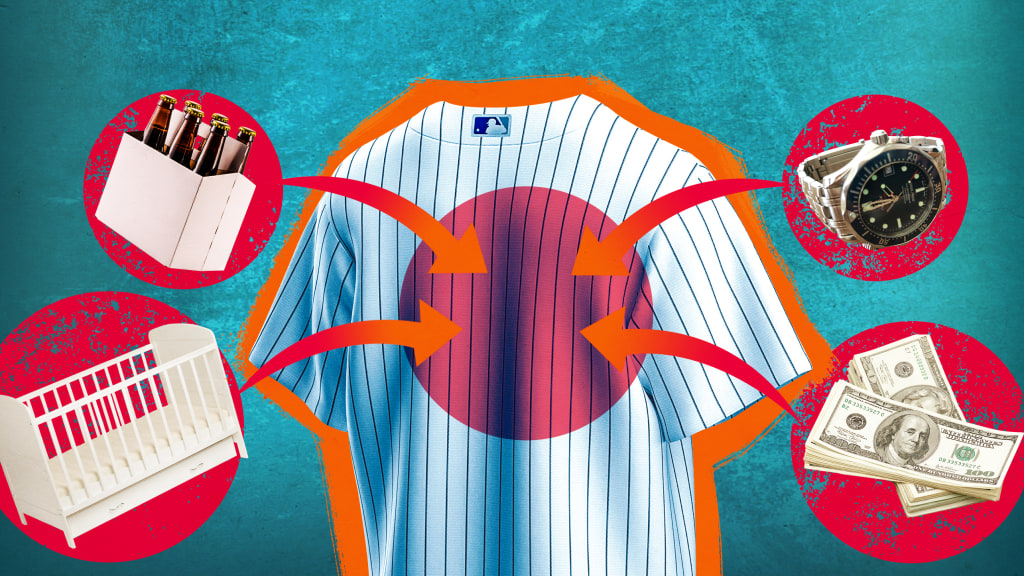
The invention of money largely did away with a barter economy. If you want a bag of chips, you just go to the store and drop a couple bills on the counter. You don't have to figure out how many of your hand-knit socks a bag of chips is worth. It's a lot easier this way.
But there is one place the barter economy remains alive and well: the world of MLB uniform numbers.
As you probably know, athletes are a superstitious sort and that can be particularly true with regard to the numbers they wear on the field. For some, the number is imbued with personal significance -- a birthday or a tribute of some sort -- while for others, it's just the number they've always had success wearing.
Either way it's very important that they not change it. And, they'll go to great and creative lengths to make sure they get the number they want.

One of the least creative ways to pry your desired number from a teammate is simply to pay for it. After he was traded to the Blue Jays in 1993, Rickey Henderson paid Turner Ward $25,000 to get his No. 24 jersey. That's obviously a hefty price to pay for a jersey number -- especially considering Henderson's Blue Jays career lasted all of three months -- but it's not exactly a novel approach to a transaction.
Four years prior, Henderson secured his No. 24 in a cheaper and more personal transaction. After the Yankees traded him to Oakland in the middle of the 1989 season, Henderson had to negotiate with catcher Ron Hassey for his number. All Henderson had to do was sub in for Hassey at an autograph session.
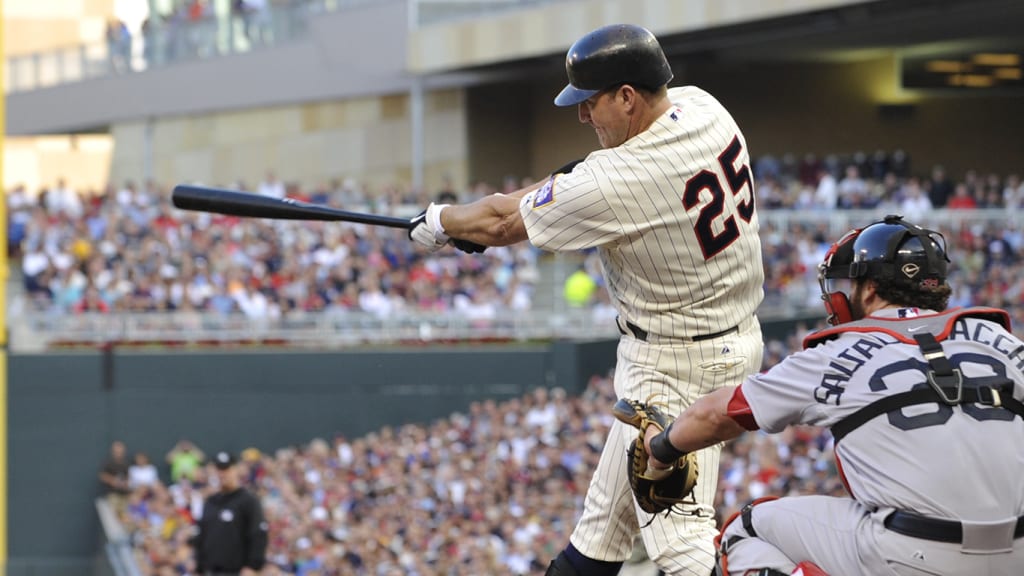
Rolex watches are a popular stand-in for straight cash in these negotiations. When Roger Clemens signed with the Blue Jays in 1997, he gave first baseman Carlos Delgado a Rolex plus $15,000 for No. 21. In 2010, Jim Thome gave Alexi Casilla a Rolex -- minus the additional $15,000 -- for No. 25 after joining the Twins. The very next year, Adrian Beltre gave a watch to Julio Borbon for No. 29 when he joined the Rangers.
Not everyone is a watch guy. Instead of a watch, outfielder Brian Jordan bought a $40,000 motorcycle for Braves third-base coach Fredi Gonzalez when he joined the team in 1999. In return, he got to wear No. 33 for three seasons. Reliever Pat Neshek is an avid card and autograph collector. So, when John Lackey wanted his No. 41 when he joined the Cardinals in 2014, he knew just the thing that would get it done:
Just like that guy at your office who "makes a donation in your name" instead of handing out a Christmas gift, some players direct money to other worthy causes in lieu of a direct payment for a uniform number. When A.J. Burnett joined the Pirates in 2012, pitcher Daniel McCutchen was wearing "his" No. 34. McCutchen and his wife were expecting a baby girl, so Burnett set up a college fund for his teammate's future daughter.
Just this year, a similar transaction took place between Dominic Smith and Rick Porcello of the Mets:
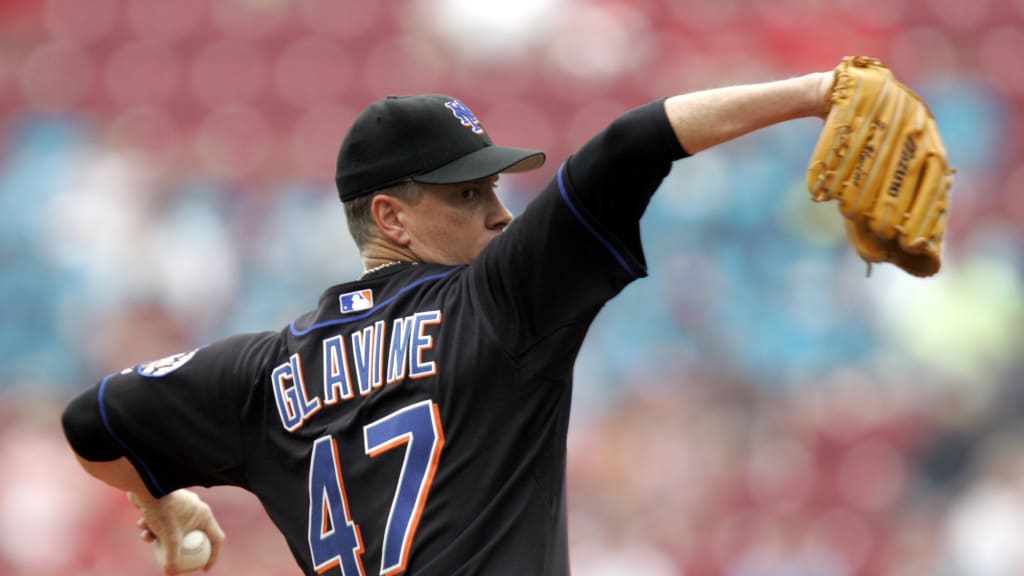
Back in 2003, Tom Glavine's thinking was similar to Burnett's. In order to get No. 47 from Joe McEwing with the Mets, he also did something for his teammate's kid. Instead of just giving money to the player's family, though, Glavine financed the construction of a baby nursery in McEwing's home. Surely, McEwing reflected on how good a deal he made every night when he put his kid to bed.
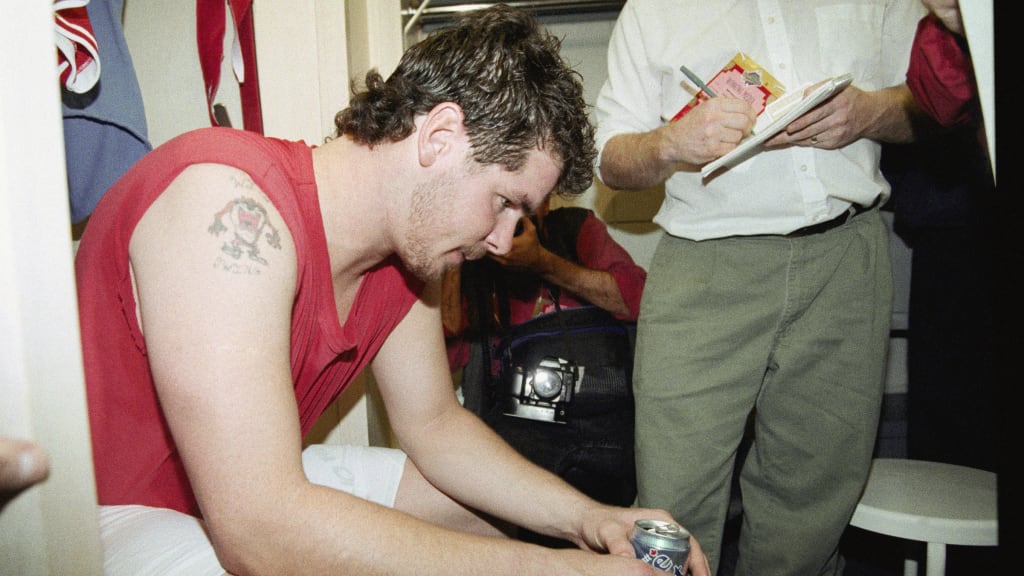
Sometimes it doesn't take a lot: When the Phillies acquired Mitch Williams in 1991, first baseman John Kruk was wearing No. 28, which had been Williams' number during his entire MLB career. That posed a problem for Williams, whose wife had a collection of No. 28 jewelry. Luckily, Kruk had only been wearing the number for one season, so it didn't take much to get him to give it up. Actually, all it took was 2 cases of beer.
Not so luckily: Not long after making the deal, Williams got divorced. With the relevance of his ex-wife's jewelry suddenly seeming far less important, he changed to No. 99 in 1993.
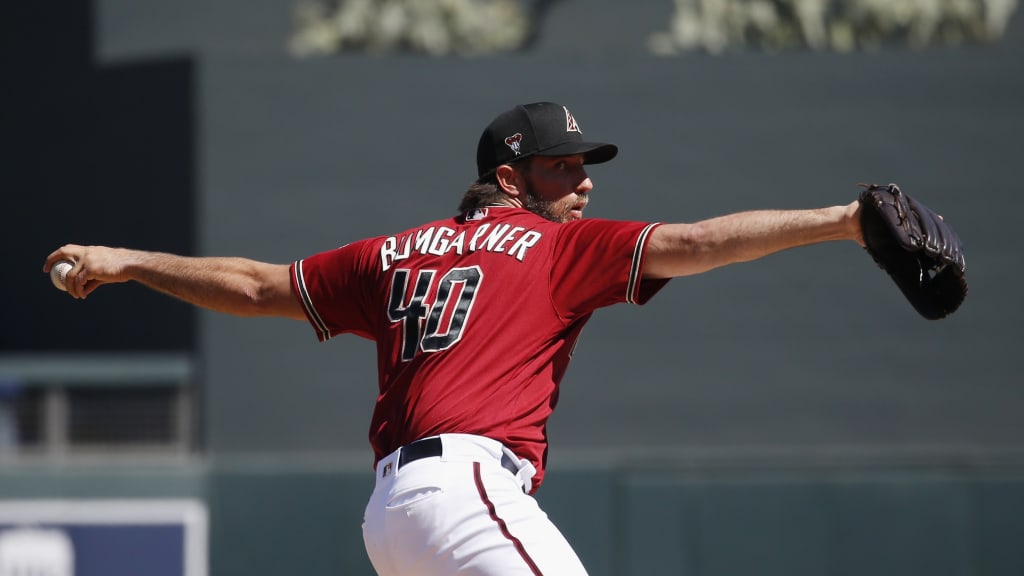
Every so often, you run into a tough negotiator. That's exactly what seems to have happened when Madison Bumgarner joined the D-backs and tried to get No. 40 from Andrew Chafin. He eventually got the number for an undisclosed return, but not until several proposals were rejected, including a pair of boots, a new RV and even a horse.
For some, you just can't put a price on the value of a uniform number. These people can't be reasoned with. No amount of watches, nurseries or cases of beer can get them to budge. When the Mets traded for reigning AL Cy Young Award winner Frank Viola in 1989, Viola approached Dwight Gooden about acquiring his No. 16. The conversation didn't last long. Gooden didn't entertain any offers. "He can have my wife," he said, "but he can't have my number."
